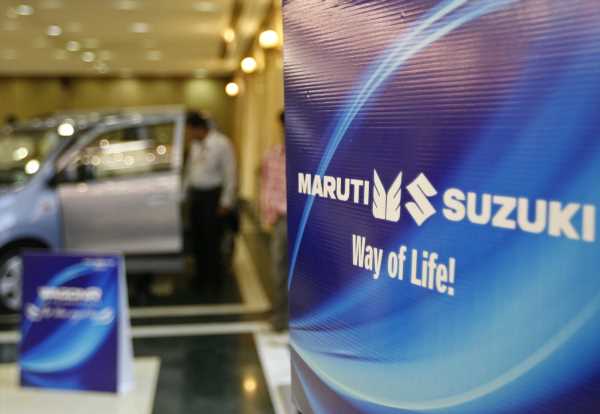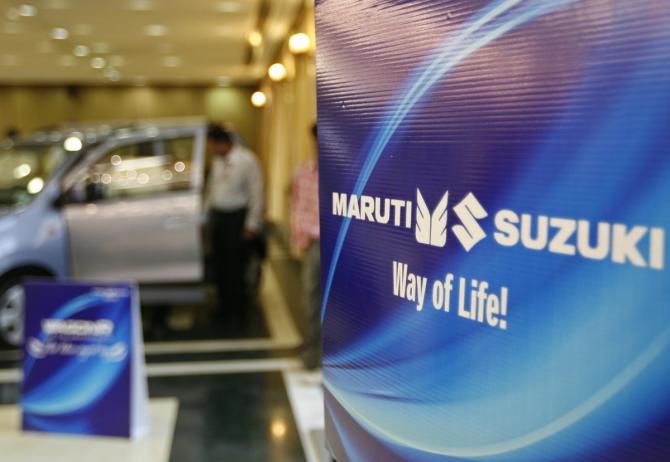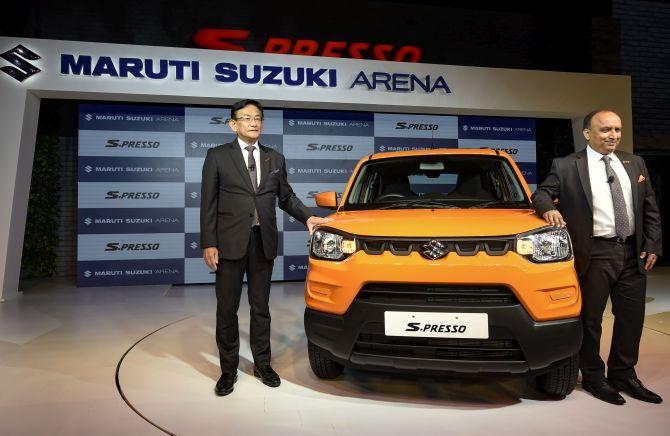‘Bharat has been leading, but it cannot carry India as the bulk of the sales come from India in terms of volume and profitability.’
Rural sales growth of Maruti Suzuki India has touched a four-year high, with four in every 10 cars being sold by the company in villages.
Maruti’s sales in rural India grew 7 per cent year-on-year (YoY) in the first eight months of the current financial year, as against 3 per cent in urban markets.
India’s largest carmaker sold a total of 811,809 units in the domestic market during April-November compared with 723,120 units in the same period a year ago.
Positive macroeconomic indicators in rural India have helped passenger vehicle sales, but the same cannot be said about two-wheelers, which have been reeling from a multi-year slowdown by virtue of the buyer profile it caters to, said Shruti Saboo, associate director at India Ratings & Research.
“All the fundamentals in rural India — whether it’s the grain prices, minimum support prices, reservoir levels, or the consumer confidence index — are picking up and playing a positive role,” says Saboo.
“Hence, people, particularly those who are better placed economically, are indulging in discretionary purchases,” Saboo dds.
On the contrary, it hasn’t helped buyers of entry-level motorcycles and scooters who belong to the bottom of the pyramid and are highly vulnerable to price increases, she said.
Hence, the sharp price rise (prices have gone up by a fourth in the last two years), higher cost of ownership, and high petrol prices have forced buyers in rural India to put off purchases.
Tractors, another key barometer of rural sales, too, have been advancing for most part of the ongoing fiscal with the exception of last month.
Historically, growth in rural sales for the Suzuki Motor Co’s India subsidiary has outpaced the urban growth rate every year with some exceptions, says Shashank Srivastava, senior executive director (sales and marketing) at the firm.
“All the positive rural factors have helped. This year it comes as a pleasant antidote to urban sales suffering due to a global shortage of semiconductors,” says Srivastava.
But small cars, owing to their low-frills nature, need relatively fewer numbers and a different variety of chips, the supply of which is not too constrained, he explains.
“The availability of Alto and Espresso is better and we have been adjusting production,” he adds.
Rural accounts for 61 per cent of Alto sales and 52 per cent in the case of Espresso. The basic demand for this segment is higher in rural India, he said.
“Bharat has been leading, but it cannot carry India as the bulk of the sales come from India in terms of volume and profitability. Urban India has to do well if the market has to do well,” says Shrivastava.
The better availability reflects in sales of these models in the months from April to November.
Sales of the two rose by 12 per cent YoY to 141,626 units from 127,467 units in the same period last year.
Sales of the other pricier models have either been flat or declined, shows the data released by the company at the beginning of the month.
Feature Presentation: Rajesh Alva/Rediff.com
Source: Read Full Article



